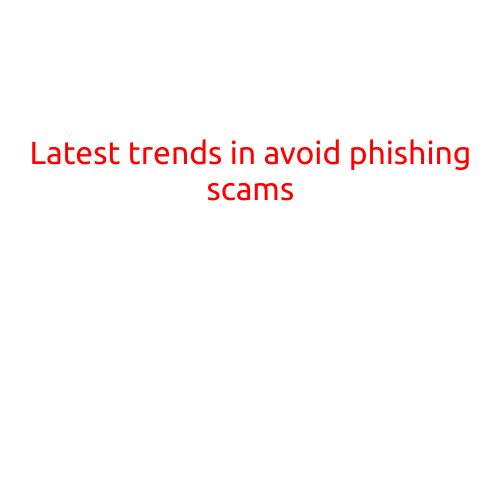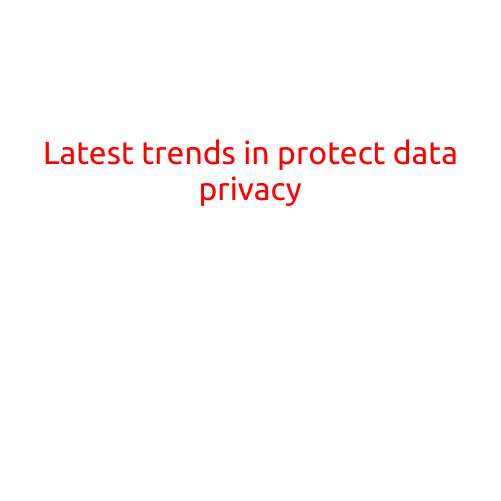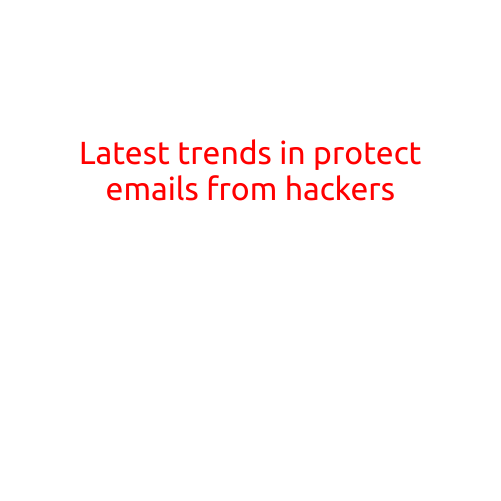
Latest Trends in Avoiding Phishing Scams
Phishing scams have become increasingly sophisticated and widespread, posing a significant threat to individuals and organizations alike. As cybercriminals continually evolve their tactics, it’s essential to stay informed about the latest trends and techniques to avoid falling prey to these scams. In this article, we’ll explore the latest trends in phishing scams and provide practical tips to help you avoid becoming a victim.
1. Slicker Social Engineering
Phishers have mastered the art of manipulating individuals through convincing social engineering tactics. They use emotionally charged language and personalized messages to create a sense of urgency, convincing victims to divulge sensitive information or download malware. Be cautious of messages that seem too good (or bad) to be true, and never engage with unknown senders or respond to suspicious emails.
2. Whaling and Spear Phishing
Whaling and spear phishing target high-profile individuals, such as business executives, politicians, or celebrities, with tailored emails and messages. These attacks aim to compromise sensitive information or gain unauthorized access to critical systems. Train yourself to be vigilant, and ensure your organization has robust email security and awareness programs in place.
3. Domain Name System (DNS) Spoofing
Cybercriminals use DNS spoofing to redirect users to fake websites or servers, mimicking legitimate domains. This technique allows them to trick victims into divulging confidential information. Regularly update your software and security patches, and consider implementing DNS filtering solutions to detect and block spoofed domains.
4. Phishing Kits and Ransomware
Phishing kits provide criminals with pre-built tools to create convincing phishing emails. These kits often include templates, macros, and other features to make it easy for attackers to craft convincing emails. Meanwhile, ransomware attacks have become more frequent, demanding payment in exchange for restoring access to compromised data. Keep your software up-to-date, and back up your critical files regularly to minimize the impact of a potential attack.
5. Artificial Intelligence (AI) and Machine Learning (ML) in Phishing
AI and ML are increasingly being used to refine phishing attacks, making them more realistic and targeted. These technologies enable phishers to analyze user behavior, preferences, and patterns, creating highly convincing emails. Stay ahead of the game by monitoring your email activity, being cautious of suspicious behavior, and leveraging AI-powered security solutions to detect and alert potential threats.
6. Education and Awareness
Phishing awareness and education remain crucial in preventing these attacks. Train your employees, colleagues, and family members to identify phishing emails, and implement regular security awareness campaigns. Encourage users to report suspicious emails, and provide guidance on responding to phishing attempts.
7. Two-Factor Authentication (2FA)
Two-factor authentication adds an extra layer of security by requiring users to provide a second form of verification, such as a code sent to their phone or a fingerprint scan. This simple yet effective measure significantly reduces the risk of phishing attacks.
8. Email Encryption
Email encryption is essential for protecting sensitive information. Encrypt your emails and attachments to prevent unauthorized access, and use end-to-end encryption to ensure that only the intended recipient can read the content.
9. Monitoring and Incident Response
Regularly monitor your email activity, and have an incident response plan in place in case you fall victim to a phishing attack. This includes reporting suspicious emails, disconnecting affected systems, and initiating crisis management procedures.
10. Staying Vigilant and Collaborative
Finally, stay informed about the latest phishing trends and collaborate with your peers, organizations, and authorities to share knowledge and best practices. A collective effort can help combat the ever-evolving threat of phishing scams.
By understanding the latest trends in phishing scams and incorporating these practical tips into your daily routine, you’ll significantly reduce the risk of falling prey to these attacks. Remember to stay vigilant, educate yourself, and work together to create a safer digital landscape for all.





